MONTHLY LETTER
| 01 | 02 | 03 | 04 | 05 | 06 | 07 | 08 | 09 | 10 |
04
The TM JAPAN ART STUDIO:
The Evolution of the Art
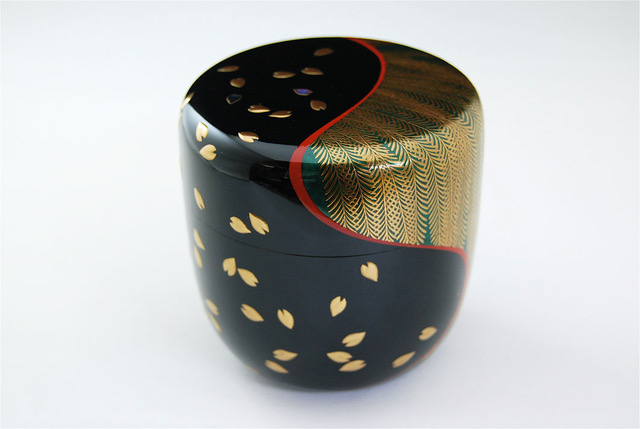
Yanagi Sakura
This work, created when Matsuyama was about 43 years old, is related to the Japanese tea ceremony, from which his oeuvre stems. At the time when he made this, the popularity of the ceremony was in decline in Japan. Hence, Matsuyama chose a new technique in order to revitalize work related to the ceremony: to breathe new life into it. The image shown depicts cherry blossoms and willow branches; using a special pigment, Matsuyama created a new color that adds depth to the object. (2005)
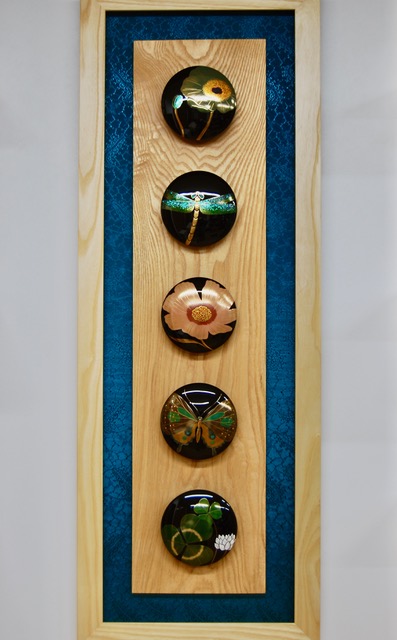
Nature
The five discs shown are purely decorative. We see a dragonfly, three types of flowers, and a butterfly. Each not only is a real image seen in nature, but also represents Yamanaka, where Matsuyama lives and works, as they are linked to the famous wood turners of this region. (2008)
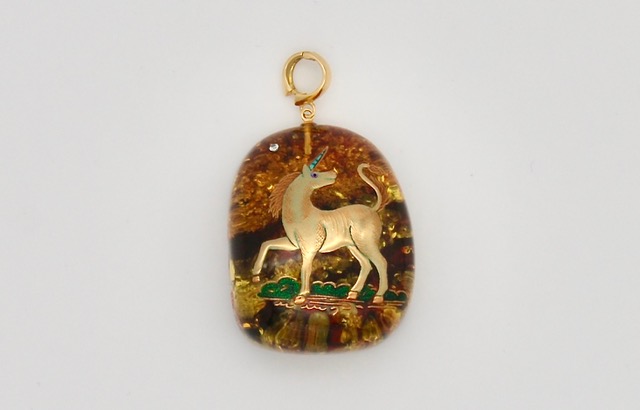
The Unicorn
Similar to the unicorns seen in medieval European tapestries, this pendant is emblematic of new challenges that Matsuyama decided to take on. Moving away from the rules that dictate objects used in the tea ceremony, both the object and the unicorn are artistic steps toward a more international approach. (2014)
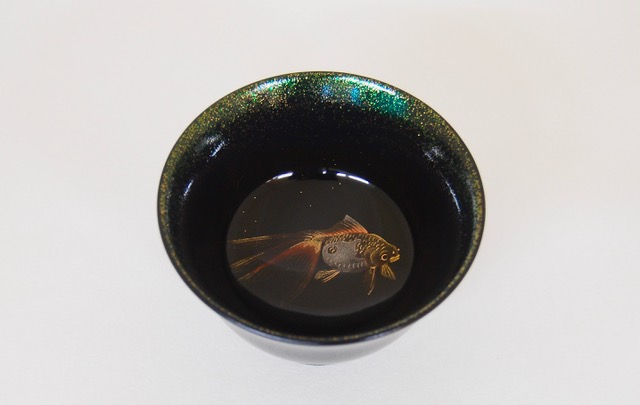
The Goldfish
The sake cup. The feel and touch of the cup add to the taste of the sake. The goldfish seen at the bottom of the cup is made using a method that when sake is poured in appears to swim. (2019)
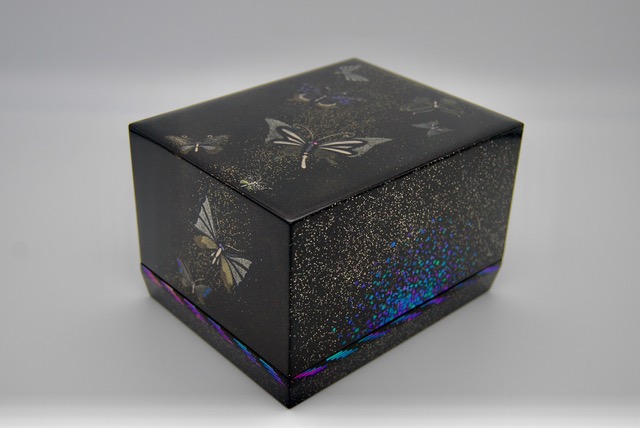
The Butterflies
Displayed at the famous Matsuzakaya Department Store in Nagoya, this object carries a unique spiritual and social significance. Matsuyama made the work during a peak period of Covid-19, and designed it in an effort to thank and cheer on the medical professionals working on the front lines of the pandemic. The light blue colors and the butterflies symbolize long life. With that encouragement, the effort by the artist is to try and strengthen the resolve of doctors and nurses. (2020)
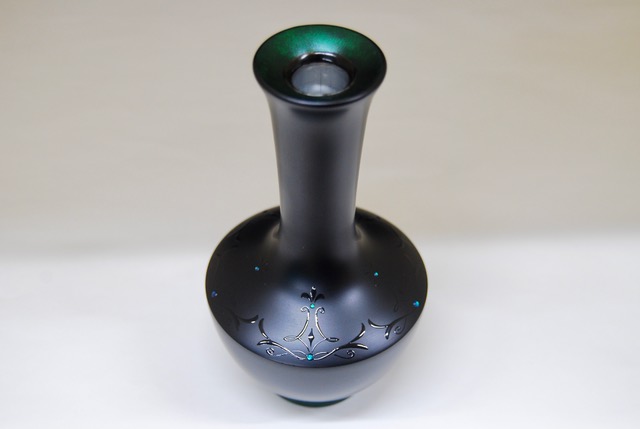
The Flower Vase
This is a small vase for a single flower. The bottom of the vase as well as the top are a beautiful green. The green dots on its sides are made from sea shells. (2020)
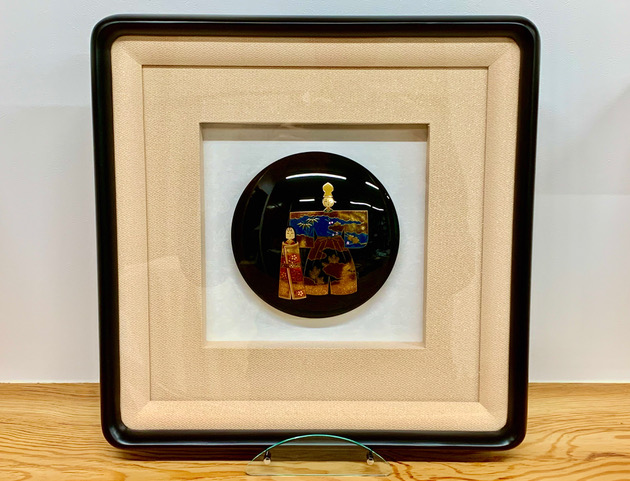
Tachibina
This work has special, personal meaning for Matsuyama. While marking the girl’s festival or matsuri held each March 3rd (which happens to be his birthday), Matsuyama created this for his six-year old granddaughter Juna, who has a chronic, debilitating, and incurable muscular disorder. Matsuyama notes: “Juna has a very close family, and her brother says he will become a doctor in the future to cure her sister’s illness.” (2021)